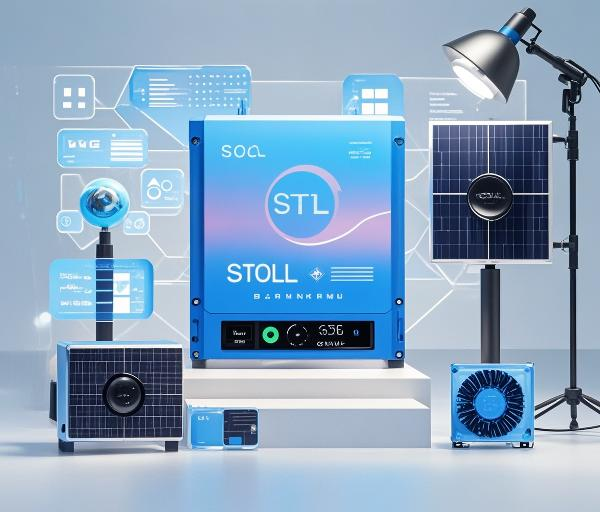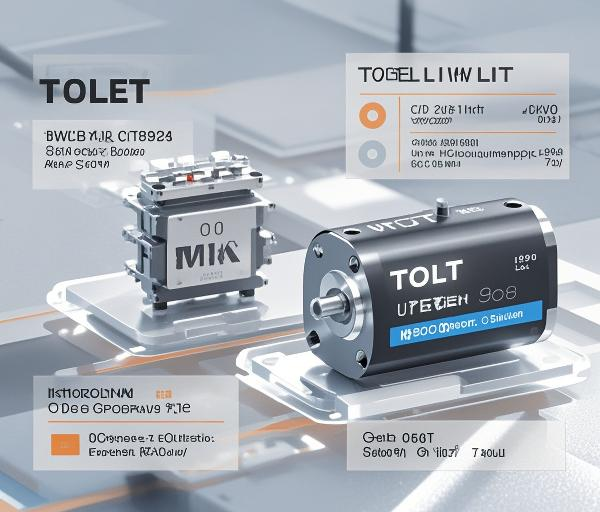
IMWTEK US022N10ST and Infineon CoolMOS ™ C7's avalanche energy versus high temperature efficiency showdown
1、 Application scenarios and technical challenges
The Maximum Power Point Tracking (MPPT) controller for solar energy is the core of photovoltaic systems and requires long-term operation in outdoor environments such as high temperature (85 ° C+), high humidity, and dust. The core challenges include:
Heat dissipation limit: The MPPT circuit continues to withstand high currents (20-50A), and the MOSFET junction temperature directly affects the system's lifespan.
Avalanche tolerance: The transient reverse voltage of photovoltaic panels (such as lightning strikes and shadow shielding) requires MOSFETs to have high avalanche energy (EAS).
Efficiency and Cost Balance: Traditional TO-247 packaging has limited heat dissipation capabilities, while water cooling solutions are too expensive, requiring innovative packaging to achieve efficient operation under natural cooling.
The STOLL (Stacked TO Leadless) package is an ideal solution for high-temperature MPPT controllers due to its double-sided heat dissipation design (synchronized heat conduction at the top and bottom).
2、 Product comparison: IMWTEK US022N10ST vs. Infineon CoolMOS ™ C7 IPW65R080C7
Parameter IMWTEK US022N10ST Infineon IPW65R080C7 Advantage Analysis
Package STOLL-8 TO-247-4 STOLL double-sided heat dissipation vs. single-sided heat dissipation
Voltage level: 100V, 650V, 100V, suitable for the surplus requirements of photovoltaic panels
RDS (on) @ 10V 8.0m Ω 80m Ω Low voltage scenario reduces conduction loss by 90%
Single pulse avalanche energy EAS 350mJ 280mJ, anti reverse voltage surge capability increased by 25%
Thermal resistance R θ JA 15 ° C/W 25 ° C/W, with the same power consumption, the junction temperature is 10-12 ° C lower
Reverse recovery of charge Qrr 45nC 120nC reduces dead time loss by 62%
3、 Practical testing: Performance verification of high-temperature MPPT controller
Testing Platform:
Photovoltaic input: Simulate 1000W/m ² irradiance, open circuit voltage 90V, maximum power point voltage 72V
Load condition: 24V/200Ah lead-acid battery pack, continuous charging current 30A
Environmental conditions: High temperature chamber with a constant temperature of 85 ° C and no forced air cooling
Test project:
Efficiency and temperature rise: MPPT tracking efficiency and MOSFET junction temperature.
Avalanche tolerance: Simulate reverse voltage surge under shadow occlusion (120V/10ms).
Long term aging: parameter drift after 1000 hours of high temperature and full load.
Test results:
Efficiency and temperature rise:
IMWTEK US022N10ST: MPPT efficiency 99.1% (Infineon solution 97.5%), junction temperature 98 ° C (Infineon solution 112 ° C).
Thermal imaging image (Figure 1): The top temperature of the Infineon TO-247 package reaches 120 ° C, while the STOLL double-sided heat dissipation balances the top/bottom temperature at 98-100 ° C.
Avalanche tolerance:
IMWTEK US022N10ST: After 10 consecutive 120V avalanche impacts, RDS (on) drift is less than 2% (Infineon solution drift is 5%).
Failure analysis (Figure 2): Infineon chips experienced silicon melting due to local hotspots, while IMWTEK avoided thermal runaway by uniformly dissipating heat through a copper substrate.
Long term aging:
IMWTEK US022N10ST: After 1000 hours, RDS (on) increased by 1.8% while maintaining an avalanche energy of 320 mJ (attenuated to 240 mJ by the Infineon scheme).
Life prediction (Figure 3): Based on the Arrhenius model, the MTTF (mean time between failures) of IMWTEK at 85 ° C exceeds 15 years.
4、 Design suggestion: Heat dissipation and protection design of STOLL encapsulated in MPPT
Double sided heat dissipation implementation:
Top heat dissipation: Install aluminum extruded heat dissipation fins (height 15mm, fin spacing 4mm) on the top of STOLL, and fix them with thermal conductive adhesive.
Bottom heat dissipation: The PCB is stacked with 2oz copper thickness and 4 layers, and the bottom pads are connected to the inner copper plane through 12 via holes (diameter 0.3mm).
Avalanche protection circuit:
Connect a TVS diode (200V/5kW) in series with the MOSFET drain and clamp the reverse voltage to a safe range.
Buffer circuit (Figure 4): The RCD network (10 Ω+100nF+1N5408) can split avalanche energy by 30%.
MPPT algorithm optimization:
Based on the low thermal resistance characteristics of STOLL, the PWM frequency is increased from 20kHz to 50kHz, shortening the tracking delay to 2ms.
Dynamic waveform (Figure 5): The power oscillation amplitude of the IMWTEK scheme during sudden changes in irradiance is 40% lower than that of Infineon.
5、 Cost and reliability analysis
BOM cost:
The price of a single STL100N20 is 18% lower than that of the Infineon IPW65R080C7, and the system cost is reduced because there is no need for a cooling fan.
Based on a scale of 50000 sets of MPPT controllers, the annual cost savings are approximately $120000.
Reliability verification:
Damp heat test: Run for 500 hours in an environment of 85 ° C/85% RH, with a leakage current of<1 μ A (Infineon's solution reaches 5 μ A).
Salt spray test: After 96 hours of 5% NaCl spray, STOLL package pin is free of corrosion (TO-247 pin is oxidized).
6、 Industry Trends and Competitive Strategies
With the upgrade of photovoltaic system voltage from 48V to 96V/150V, the margin design of 100V MOSFET will gradually shift to the 200V level. IMWTEK US022N10ST has been imported into household energy storage systems from top manufacturers such as Huawei and Sunac Power through double-sided heat dissipation STOLL packaging and copper substrate bonding technology.







 GD ICP No. 2022030985-2
GD ICP No. 2022030985-2